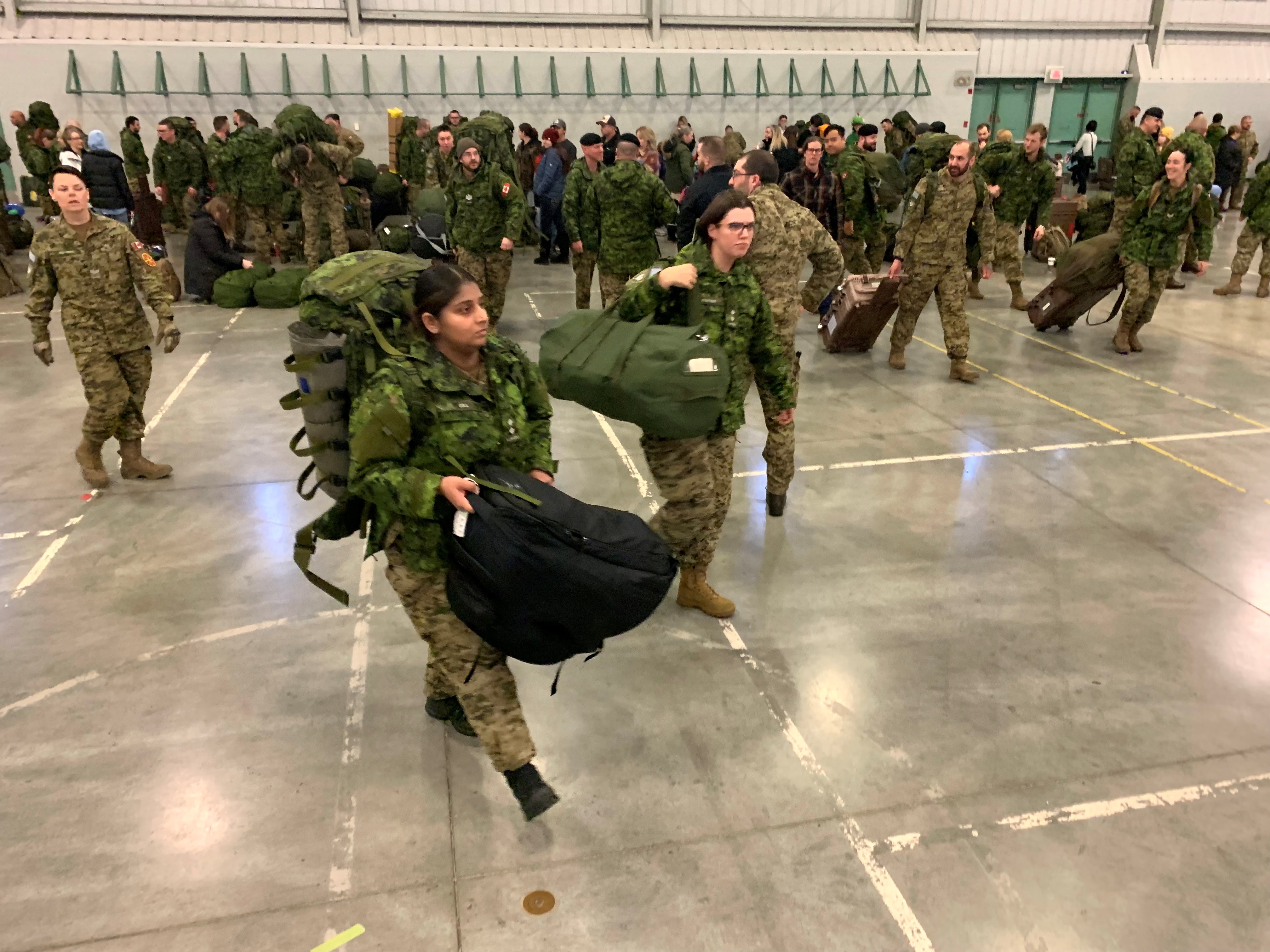ARTICLE AD BOX
VLADIMIR Putin paraded nuclear missile launchers, tanks and thousands of war-ready troops this morning ahead of his triumphant Victory Day event.
The Russian tyrant, 71, has already had to axe most of the May 9 celebrations – the most sacred day in the Russian calendar – but Moscow’s will go ahead.
 Reuters
Reuters Reuters
Reuters Reuters
Reuters EPA
EPAAhead of the patriotic event, Russia’s fearsome intercontinental nuclear missiles were pulled through the streets of the capital with thousands of matching troops.
The real events will be held on Thursday under intense security, with reports suggesting that Moscow‘s centrepiece show will be scaled back.
Victory Day parades are held throughout Russia as a means of celebrating the country’s defeat of Nazi Germany in World War 2.
It is a means of showcasing the might of the Russian military machine and garner national pride – led by a giant parade in Moscow‘s Red Square overseen by Putin.
What is Russia's Victory Day?

ON May 9, Russia celebrates Victory Day. But what is it?
This year marks the 79th anniversary of the defeat of Nazi Germany in World War 2.
The Soviet Union lost 27 million people in what Russians call the “Great Patriotic War” – more than any other country.
Victory Day is one of Russia’s most important public holidays.
For Putin, it is an opportunity to project to his people an image of Russia as a powerful nation of winners, standing on the right side of history in defeating fascism.
Nazi Germany’s unconditional surrender came into force at 11:01 p.m. on May 8, 1945, marked as “Victory in Europe Day” by France, Britain and the United States.
In Moscow it was already May 9, which became the Soviet Union’s “Victory Day”.
Soviet leader Josef Stalin decreed a holiday, and the first victory parade on Red Square, featuring captured German insignia, was held on June 24, 1945.
Under Putin, Victory Day increasingly became a muscular display not only of marching battalions but also of Russia’s latest weaponry, including warplanes, tanks, and nuclear-capable intercontinental ballistic missiles.
WAVE OF CANCELLATIONS
Last week, Putin was forced to cancel parades across Russia over apparent fears of Ukrainian kamikaze drone attacks.
Many regional parades have been scrapped along with their fireworks displays.
Hundreds of marches of the “Immortal Regiment” – when Russians carry photos of their war veteran relatives – have been cancelled too over security reasons.
Since Russia’s full-scale invasion of Ukraine in February 2022, the parades have been scaled back amid reports that tanks and equipment are scarce and fears of possible attacks.
Belgorod, Bryansk, Pskov, Ryazan, Kursk and Saratov regions all scrapped the large-scale events, despite not all being close to Ukraine.
One fear was also that these events could have been hijacked by anti-war protesters.
In some other regions, like Syktyvkar, fireworks have been cancelled and in Voronezh concerts have been aborted.
In Rostov and Voronezh, some parades are axed, while others may go ahead without spectators – and more cancellations are expected.
Last year, Victory Day was also cancelled across a swathe of Russian territories with a pared-down event in Moscow that featured barely any heavy duty military equipment on display.
 Reuters
Reuters Reuters
Reuters Reuters
Reuters Reuters
ReutersLocal governors – like this year – cited “security concerns”.
Putin only spoke for 10 minutes and the entire event was over in well under an hour.
Rumours were swirling that the parades were called off due to a lack of tanks to even put in the parades.
PUTIN SLAMS UK
It comes as a raging Putin slammed UK Foreign Secretary Lord Cameron‘s comments that British missiles could be used to blitz targets on Russian soil.
During a trip to Kyiv last week, Cameron said Ukraine has the right to strike inside Russia “just as [Moscow] is striking inside Ukraine”.
In response, Putin’s puppet spokesman Dmitry Peskov vowing his comments could “imperil the entire system of European security architecture”.
Peskov added: “The Kremlin views Cameron’s statements about Kyiv’s right to use British weapons to strike the Russian Federation as a direct escalation.”
It comes after The Sun revealed British-made bombs will be used by US fighter jets under plans to boost Ukraine’s air force.
The first of the F-16 fighters long promised by allies are due to arrive in July.
The UK has pledged to arm the jets with £30,000 Paveway IV bombs, which are guided by lasers and GPS.
Ukraine’s President Volodymyr Zelensky hailed the F-16 deal as a “breakthrough moment” in the war against Russia.
Speaking to The Sun’s Defence Editor Jerome Starkey on our new show World At War, Defence Secretary Grant Shapps said: “We were the first to send in anti-tank missiles.
“The first to send in main battle tanks, the first to send in missiles with the permissions to use them properly.
“And now we’re going to be the first also to provide glide bombs for those (F-16) aircraft as well.”
Mr Shapps also criticised US President Joe Biden for telling Ukraine not to blitz inside Russia.
He called Biden’s demands that Kyiv halt strikes on Putin’s oil refineries “ridiculous”.
Mr Shapps said: “You can’t tell Ukraine, ‘you can’t attack the infrastructure of the country who are attacking you’.
“I mean, that would be ridiculous.”
 Putin pictured at the low-key Victory Day parade last year
Putin pictured at the low-key Victory Day parade last year The same event being celebrated back in 1985
The same event being celebrated back in 1985 The events have been scaled back since Russia’s invasion of Ukraine amid reports that tanks and equipment are scarce
The events have been scaled back since Russia’s invasion of Ukraine amid reports that tanks and equipment are scarce.png)
 6 months ago
4
6 months ago
4







 English (US)
English (US)